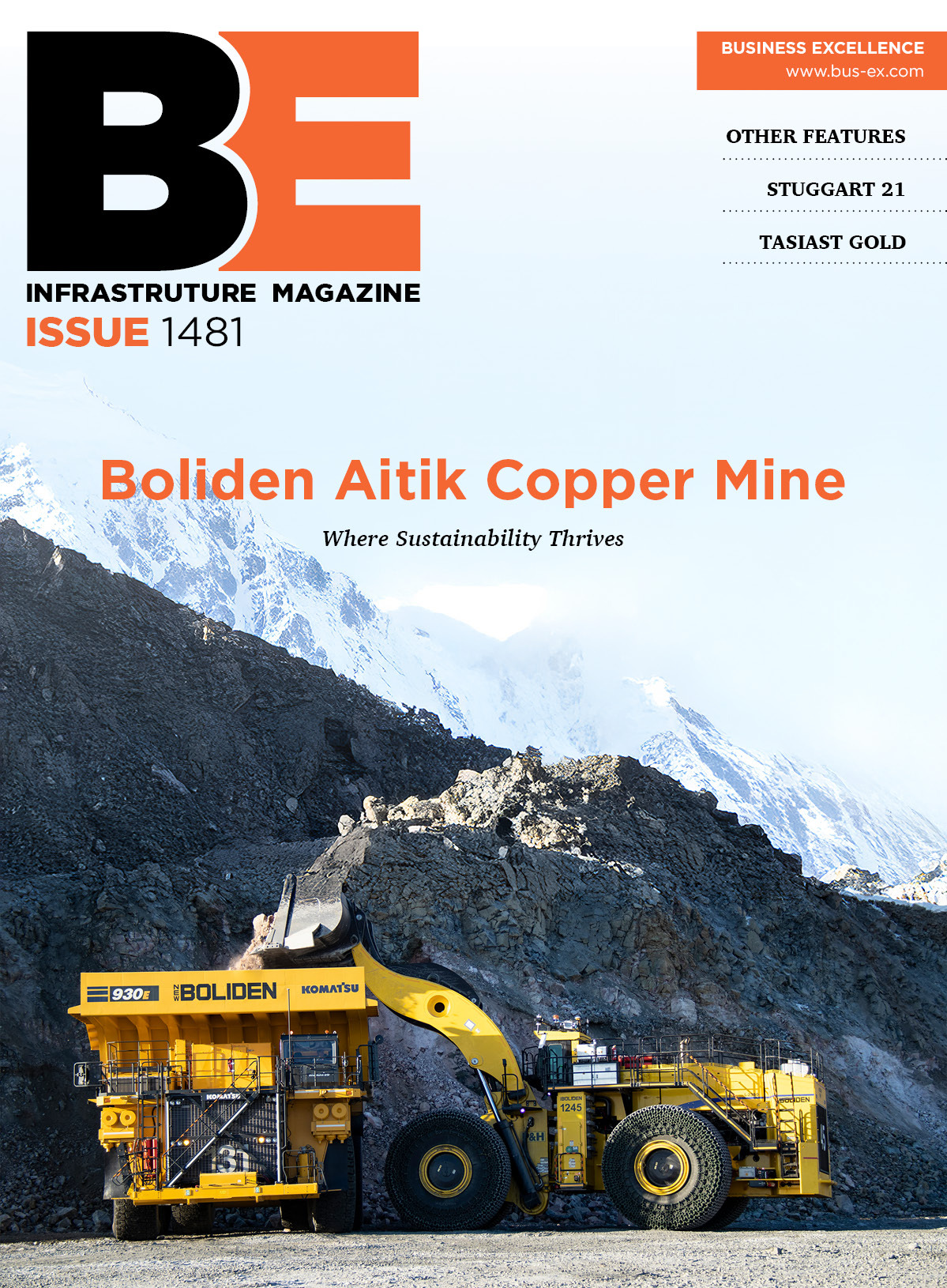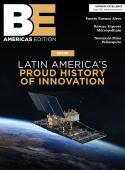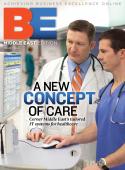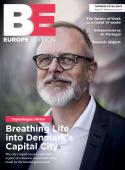The mechanics of expansion┬áChris Durand explains to Gay Sutton how Kinetic Systems has expanded into new markets, paid down its debts and moved into profit, all during a year when most companies have contracted and retrenched. The turnaround at global mechanical solutions provider Kinetic Systems had its beginnings over five years ago, when the company developed a strategy to refine its project execution and arrive at a standard of excellence. ÔÇ£The aim was to spend more time prequalifying the business opportunities we were pursuing, rather than to pursue a shotgun approach of just trying to get as much business as possible,ÔÇØ says Chris Durand, senior vice president, business development and marketing. But the turnaround really took off with the appointment of a new president and chief executive, Mike DÔÇÖAppolonia, three years ago.The company began to refocus its business around key markets and key geographies and to diversify and expand its capabilities. It pulled out of Latin America and divested its office in Israel, selling it to the resident management team. All efforts were then concentrated on two core markets, North America and the International market, and delivered through seven offices across the United States, three in Germany, one in Ireland, one in Italy, three in China, one in Malaysia and one in Singapore.Recognizing that competition in KineticsÔÇÖ specialist areaÔÇöprocess piping and high-purity pipingÔÇöhad been increasing markedly, the company fought back by diversifying its activities. ÔÇ£Rather than be a provider of high-purity process piping for any and every marketplace, we changed our focus to become expert at all mechanical trades, and to deliver them to strategic markets and clients.ÔÇØ The company invested in skilled staff and equipment, and it acquired the capability to provide a complete mechanical service covering everything from plumbing to HVAC and process piping to mechanical process work.Meanwhile, building on the knowledge and experience it had gained in the biopharm and microelectronics markets, the company began to focus on four new marketplaces and targeted solar panel manufacturing, the healthcare and data center markets, and university and laboratory projects.The strategic plan was to identify five or six key construction management firms operating in these marketplaces. Beginning with key players the company had already worked with, the net was then widened to identify those it would like to work with. ÔÇ£Three or four firms overlapped at a national level, and we deal with those at a corporate level as well,ÔÇØ Durand says. The aim was to develop long-term relationships with them and become their contractor of choice.Relationship building has now become normal practice across all company activities. ÔÇ£We would like to work with our clients on every project they have,ÔÇØ Durand says, ÔÇ£not just the biopharm or process piping projects. So if they have a university project, for example, and need all the plumbing and HVAC, weÔÇÖre going to bid that. And thus far it has really worked out well,ÔÇØ he concludes. As a result of working more collaboratively, Kinetics now learns about new opportunities at a much earlier stage. ÔÇ£WeÔÇÖre becoming involved in budgeting and the preconstruction work with our clients before the project is even awarded. Now project execution is becoming a lot easier too, because weÔÇÖre familiar with the project and have already been working on it with the owner or constructor.ÔÇØ Alongside these strategic changes, the company has also introduced a much stricter internal discipline regarding project execution. Senior management meetings now take place on a monthly basis. ÔÇ£Basically, the operations heads have to stand and deliver on a monthly basis, talk about the projects that are doing well, talk about projects that are not doing well, and present key indicators.ÔÇØ In addition to encouraging a higher level of performance around the company, the meetings have the added benefit of helping management identify possible problems or systemic issues at an early stage and take measures to fix them.All these improvements and strategic changes have borne fruit, and 2008 was a year of achievement for Kinetics. The company moved into profit, paid down all its outstanding debt, set up traditional banking credit lines and a $100 million bonding line to support its forward momentum.The company also has its eye on international expansion. Since selling its Israeli business, it has secured a considerable amount of work elsewhere in the Middle East, focusing in particular on Saudi Arabia and Abu Dhabi, where a considerable amount is being spent on the construction of new technical universities.┬á KineticsÔÇÖ involvement in both countries is growing and includes full turnkey projects building cleanrooms and utilities for research laboratories. One particular project is for King Abdullah University of Science and Technology (KAUST), an ambitious and high-profile university in Saudi Arabia that is reaching out to establish research links with the best institutions worldwide. To support operations in this rapidly expanding geographical market, the company will be opening an office in Saudi Arabia during 2009. Much of KineticsÔÇÖ R&D is done at laboratories just outside Frankfurt, Germany, where the work includes developing new chemical distribution and water treatment technologies. The latest water treatment technology to emerge from the lab takes gray waterÔÇödrain water, irrigation water, etc.ÔÇöand purifies it using membrane technology, turning it into drinking water, and this looks set to open exciting new markets. It is currently being introduced into Saudi Arabia.┬áÔÇ£We feel if we can make a market for it there and get momentum going, we can eventually introduce it into the US. If done properly, it could be a nice green building technology and could elevate us with respect to LEED projects,ÔÇØ Durand comments.After the slowdown in most sectors during 2008, the company believes it is well placed to meet the challenges of the future. ÔÇ£We see growth likely in the solar power and healthcare markets and in university and laboratory construction, and this will carry us through 2009 and 2010,ÔÇØ Durand says. The work the company has done to develop expertise and build strong relationships with key players in these areas has built a solid foundationÔÇöeven in healthcare, where the company has so far been engaged in market research, marketing and relationship building. ÔÇ£We feel weÔÇÖve penetrated the market thoroughly enough not to be seen as a Johnny-come-lately but to be a natural firm to talk to.ÔÇØ ÔÇô Editorial research by Tim Conlon┬á









